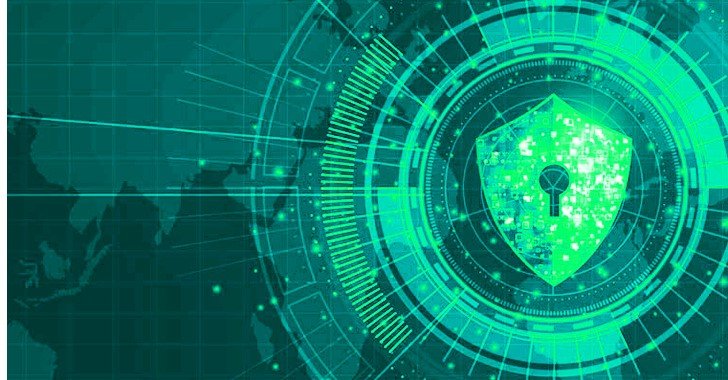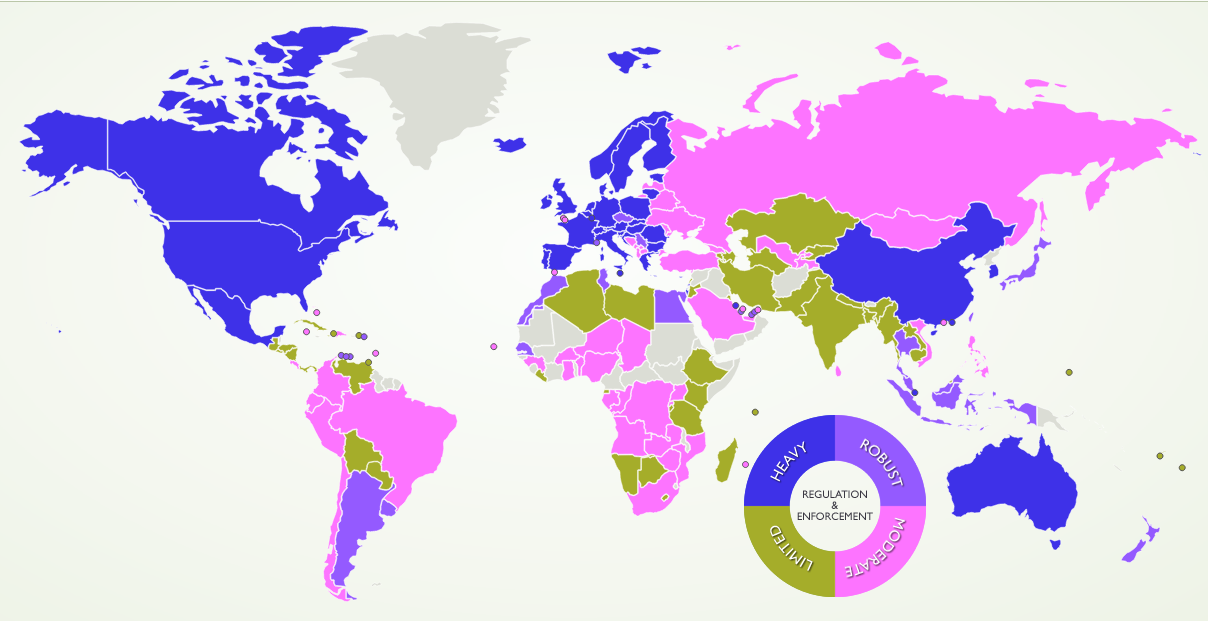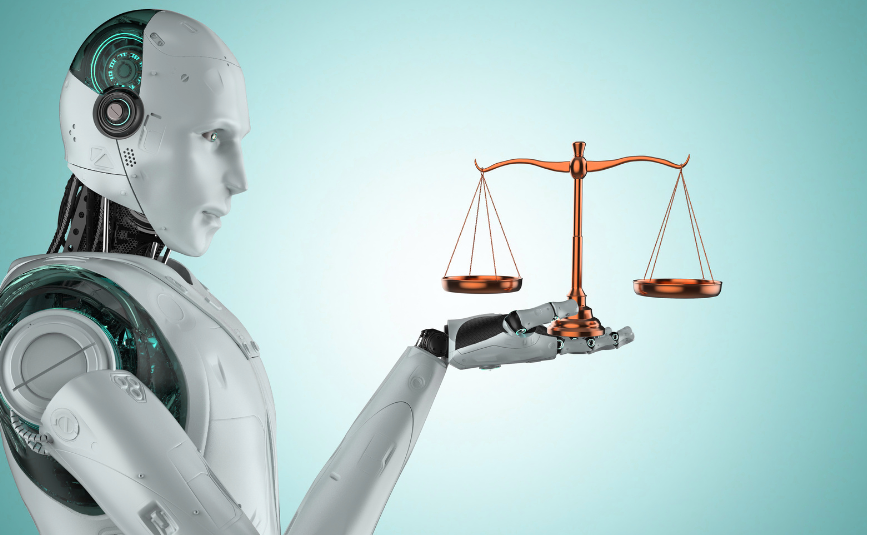Cybersecurity and Privacy Rules for Data

In today’s digital age, where data is the lifeblood of businesses and individuals alike, ensuring the security and privacy of this valuable resource is paramount. Cybersecurity has become a buzzword, and privacy rules and regulations are evolving to keep pace with technological advancements. This article delves into the intricate web of cybersecurity and privacy rules, providing insights into the measures needed to safeguard sensitive information.
Understanding Cybersecurity
Definition and Scope
Cybersecurity encompasses a wide array of practices and technologies designed to protect systems, networks, and programs from digital attacks. It goes beyond mere antivirus software and delves into proactive measures to prevent unauthorized access, data breaches, and other cyber threats.
Common Cyber Threats
From phishing attacks to ransomware, the digital landscape is rife with threats. Understanding these threats is the first step toward developing effective cybersecurity strategies.
The Need for Robust Cybersecurity Measures
As businesses become more interconnected, the need for robust cybersecurity measures intensifies. A breach can result in financial losses, damage to reputation, and legal consequences.
Privacy Rules and Regulations
GDPR: A Comprehensive Overview
The General Data Protection Regulation (GDPR) has transformed the way organizations handle personal data. It establishes principles for lawful data processing, consent, and the rights of individuals.
CCPA: Protecting Consumer Rights
The California Consumer Privacy Act (CCPA) empowers consumers with the right to know what personal information is collected and the right to opt out of its sale.
Other Global Privacy Standards
Various countries have enacted their privacy standards. Understanding these regulations is crucial for businesses operating on a global scale.

Cybersecurity Best Practices
Strong Password Policies
A strong password is the first line of defense. Implementing password policies that encourage complexity and regular updates is essential.
Regular Software Updates
Outdated software is a vulnerable point. Regular updates patch security vulnerabilities and ensure a more resilient system.
Two-Factor Authentication
Adding an extra layer of authentication reduces the risk of unauthorized access. Two-factor authentication is a simple yet effective measure.
Importance of Data Encryption
Encryption Techniques
Data encryption translates information into a code, making it unreadable to unauthorized users. Understanding encryption techniques is vital for securing sensitive data.
Securing Data in Transit and at Rest
Whether data is moving between systems or stored on a server, encryption plays a crucial role in maintaining its integrity and confidentiality.
Read More: Immortality isn’t all it’s cracked up to be in Altered Carbon’s violent cyberpunk future.
Role of Employee Training
Educating Employees on Cyber Threats
Employees are often the weakest link in cybersecurity. Providing comprehensive training on recognizing and responding to cyber threats is essential.
Creating a Cyber-Aware Culture
Fostering a culture of cybersecurity awareness ensures that every employee understands their role in maintaining a secure environment.
Incident Response and Management
Developing an Incident Response Plan
No system is foolproof. Having a well-defined incident response plan minimizes the impact of a security breach and facilitates a swift recovery.
Timely Reporting and Investigation
Prompt reporting and thorough investigation are crucial for understanding the scope of a breach and implementing corrective measures.
Emerging Technologies in Cybersecurity
AI and Machine Learning in Threat Detection
Artificial Intelligence and Machine Learning are revolutionizing threat detection, enabling systems to identify and respond to new threats in real time.
Blockchain for Data Integrity
Blockchain technology ensures the integrity and immutability of data, making it a powerful tool in maintaining the trustworthiness of information.
Challenges in Implementing Cybersecurity Measures
Balancing Security and Usability
Implementing stringent security measures must not compromise user experience. Striking the right balance is a perpetual challenge.
Adapting to Rapid Technological Changes
As technology evolves, so do cyber threats. Adapting cybersecurity measures to keep pace with rapid technological changes is an ongoing challenge.
Privacy by Design
Integrating Privacy in System Design
Rather than tacking on privacy measures as an afterthought, privacy by design involves incorporating them into the very fabric of system development.
Minimizing Data Collection
Collecting only the necessary data reduces the risk associated with data breaches and aligns with privacy principles.
Legal Consequences of Data Breaches
Fines and Penalties
Regulatory bodies impose hefty fines for non-compliance with privacy regulations. Understanding the potential financial consequences is crucial.
Impact on Brand Reputation
Beyond financial implications, a data breach can irreversibly damage a company’s reputation. Building and maintaining trust is paramount.
Cybersecurity for Small Businesses
Tailoring Security Measures for Small Enterprises
Small businesses may lack the resources of larger corporations. Tailoring cybersecurity measures to their specific needs is essential.
Importance of Cybersecurity Education
Educating small business owners and employees about the importance of cybersecurity is a cost-effective investment in preventing potential breaches.
International Collaboration in Cybersecurity
Sharing Threat Intelligence
Collaboration between countries and organizations in sharing threat intelligence enhances the collective ability to combat cybercrime.
Joint Efforts to Combat Cybercrime
International cooperation is crucial in developing strategies to combat cybercrime, which often transcends national borders.
Future Trends in Cybersecurity and Privacy
Quantum Computing Challenges
As quantum computing emerges, new challenges in encryption and security arise. Preparing for this technological shift is imperative.
Evolving Threats and Countermeasures
Staying ahead of evolving cyber threats requires continuous innovation in cybersecurity measures. Anticipating and countering new threats is an ongoing endeavor.
Read More: The Role of Lawyers in the Legal System
Conclusion
In conclusion, the world of cybersecurity and privacy rules is complex and ever-evolving. Navigating this digital minefield requires a comprehensive understanding of threats, robust cyber security measures, and adherence to privacy regulations. It’s not a one-size-fits-all scenario; instead, it demands a tailored approach to address the unique challenges each organization faces. Continuous education, collaboration, and a proactive mindset are key to staying ahead in this dynamic landscape.
FAQ
How often should we update our passwords to ensure cybersecurity?
It’s advisable to update passwords every three to six months to enhance security and reduce the risk of unauthorized access.
What role does artificial intelligence play in modern cybersecurity? AI is instrumental in threat detection, helping systems identify and respond to new and evolving cyber threats in real time.
Are small businesses as vulnerable to cyber threats as larger corporations?
Yes, small businesses are often targeted due to perceived vulnerabilities. Implementing tailored cybersecurity measures is crucial.
How can companies minimize the legal consequences of a data breach?
By ensuring compliance with privacy regulations, promptly reporting breaches, and implementing robust incident response plans.
What steps can individuals take to enhance their online privacy?
Individuals can protect their online privacy by using strong, unique passwords, enabling two-factor authentication, and being cautious about sharing personal information online.







